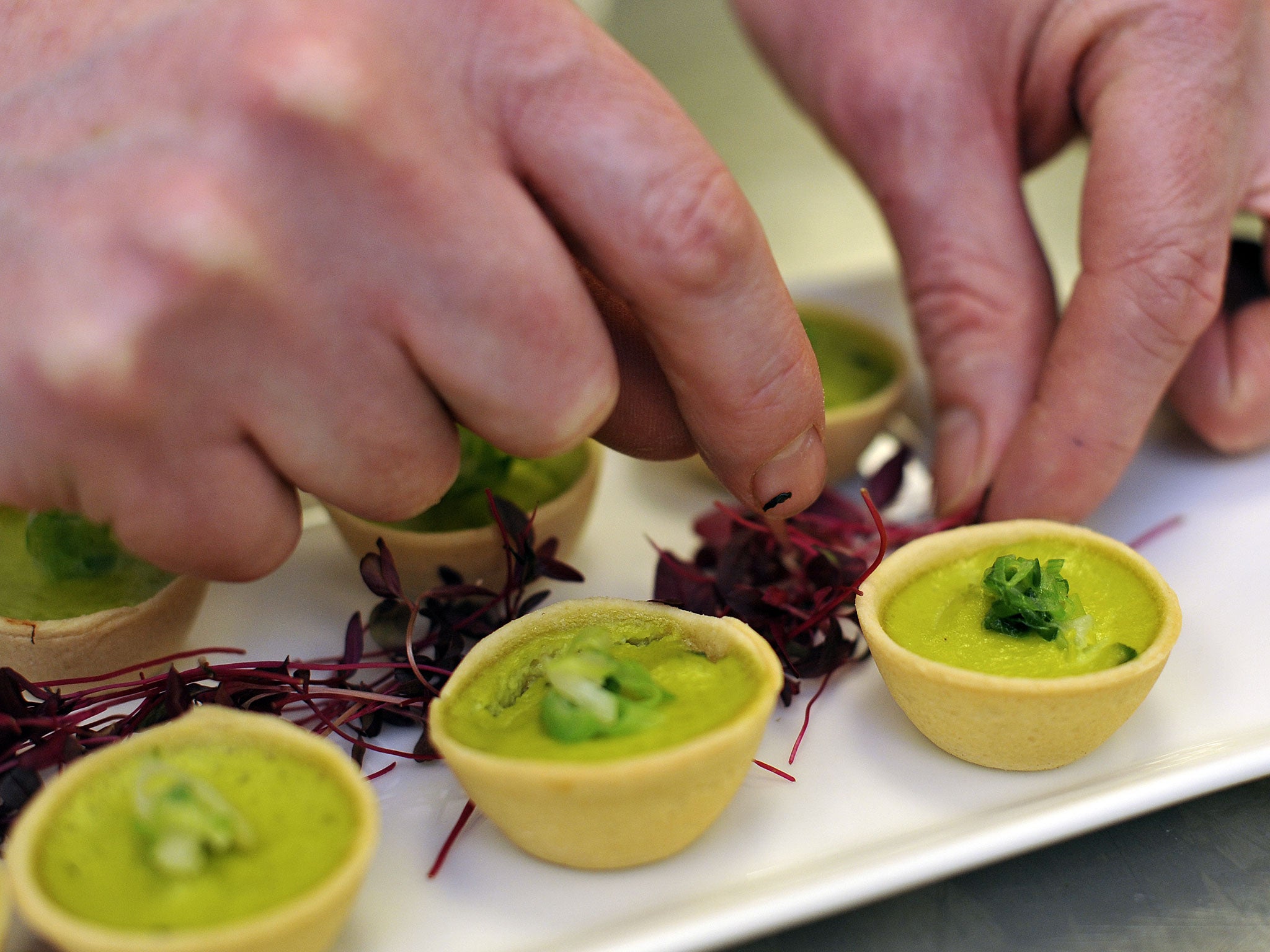Cauliflower and chocolate, anyone? Science unveils odd, new flavour combos

Your support helps us to tell the story
From reproductive rights to climate change to Big Tech, The Independent is on the ground when the story is developing. Whether it's investigating the financials of Elon Musk's pro-Trump PAC or producing our latest documentary, 'The A Word', which shines a light on the American women fighting for reproductive rights, we know how important it is to parse out the facts from the messaging.
At such a critical moment in US history, we need reporters on the ground. Your donation allows us to keep sending journalists to speak to both sides of the story.
The Independent is trusted by Americans across the entire political spectrum. And unlike many other quality news outlets, we choose not to lock Americans out of our reporting and analysis with paywalls. We believe quality journalism should be available to everyone, paid for by those who can afford it.
Your support makes all the difference.Network theory is usually used to analyse connections in social networks or the spread of disease, but theorist Albert-Laszlo Barabasi and a team from Northeastern University in Massachusetts have put it to a different use: concocting unusual - yet supposedly delicious canapés.
New Scientist magazine have put these flavour combinations to the test with recipes including 'mashed potato with a caper and coffee bean duo', 'Roast cauliflower in a dark chocolate fondue' and 'Caviar on chilled white chocolate'.
Not all combinations were as successful as others. Tasters deemed the 'Gruyere cheese and honey mini frittata' a hit. According to network theorist Sebastian Ahnert, that's because "3-methylbutanoic acid is very dominant in gruyere, and in many honeys." The caviar and chocolate was less of a hit, however "Not gross - just not very nice," said one member of the tasting team.
Join our commenting forum
Join thought-provoking conversations, follow other Independent readers and see their replies
Comments